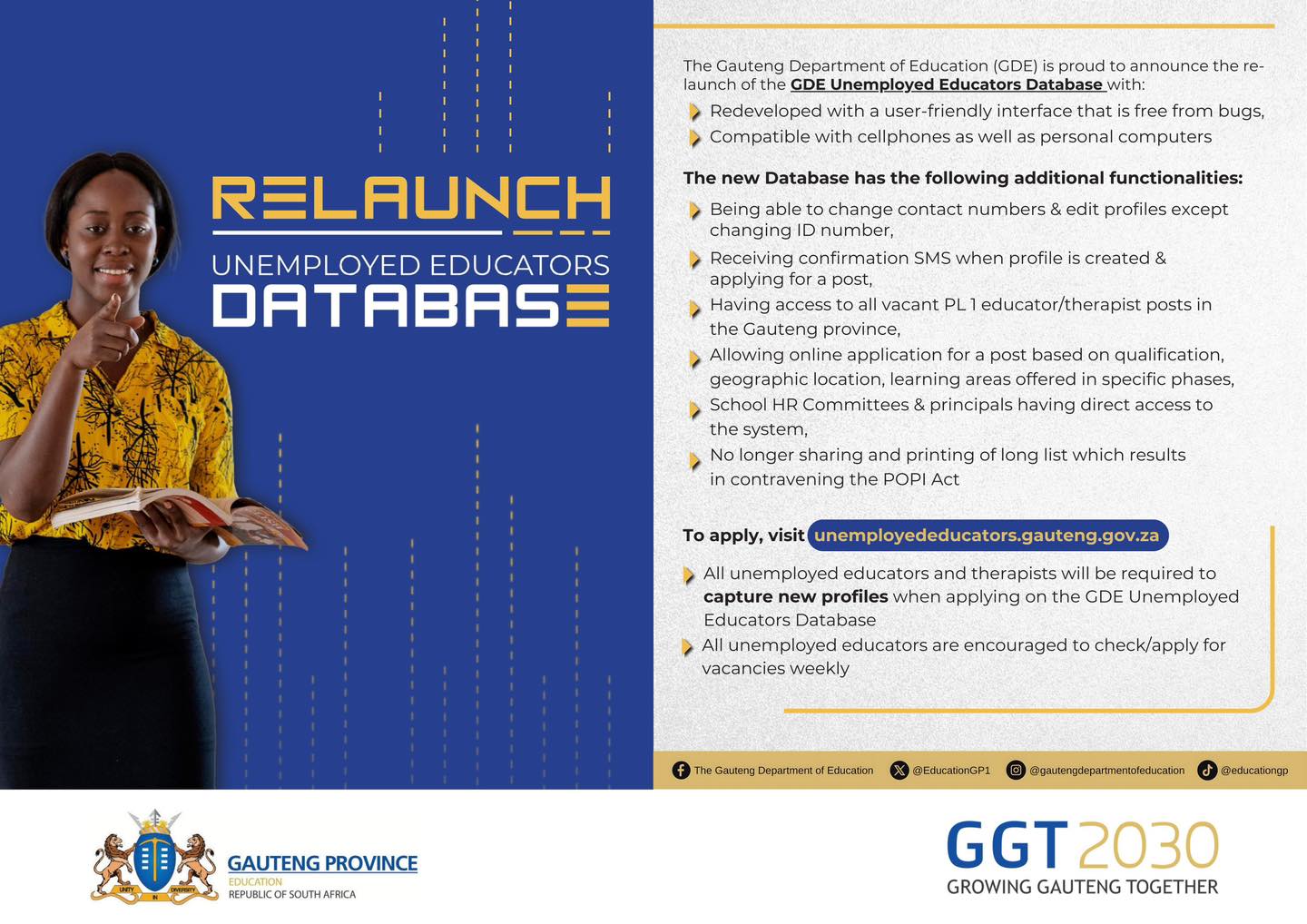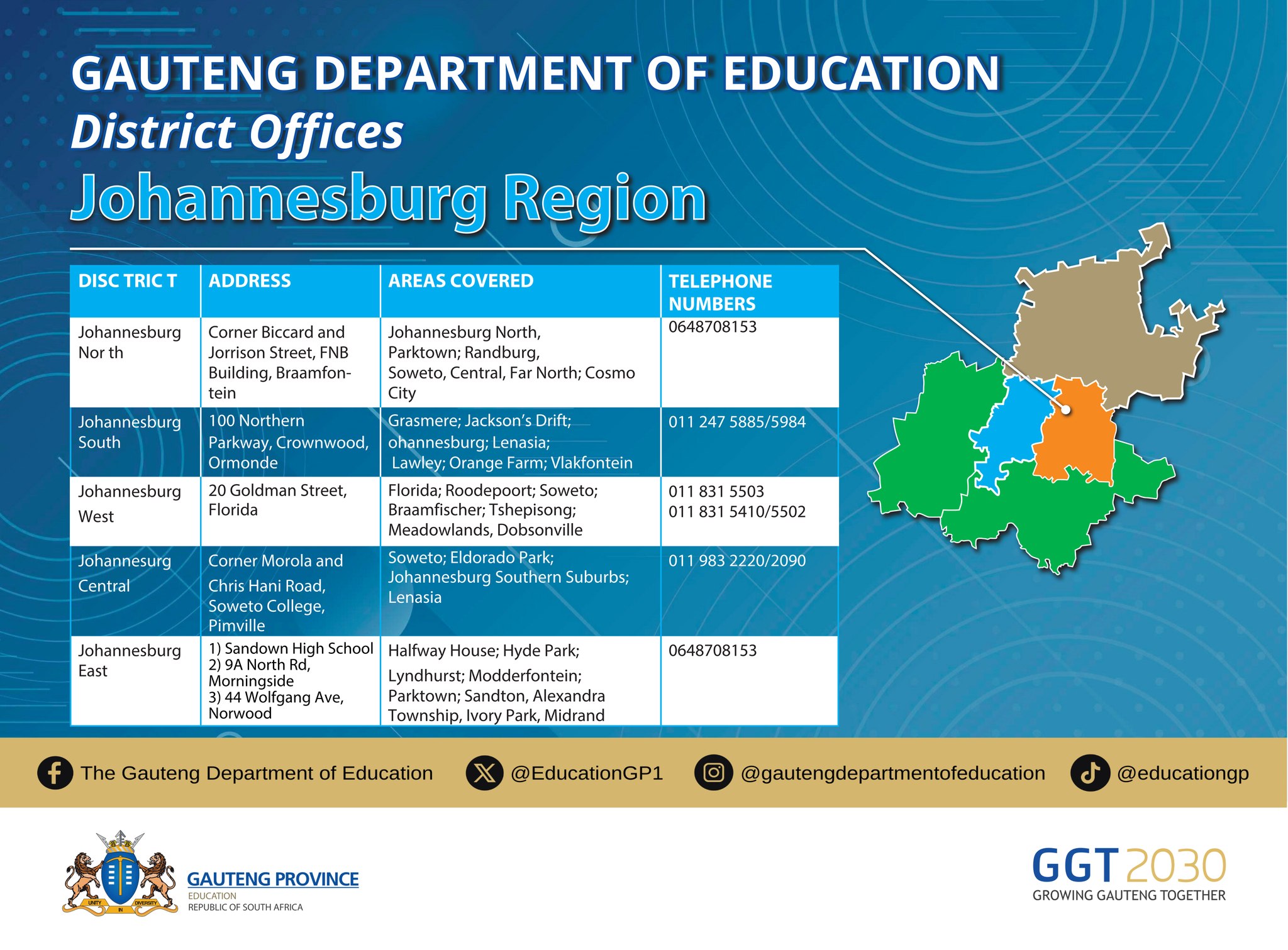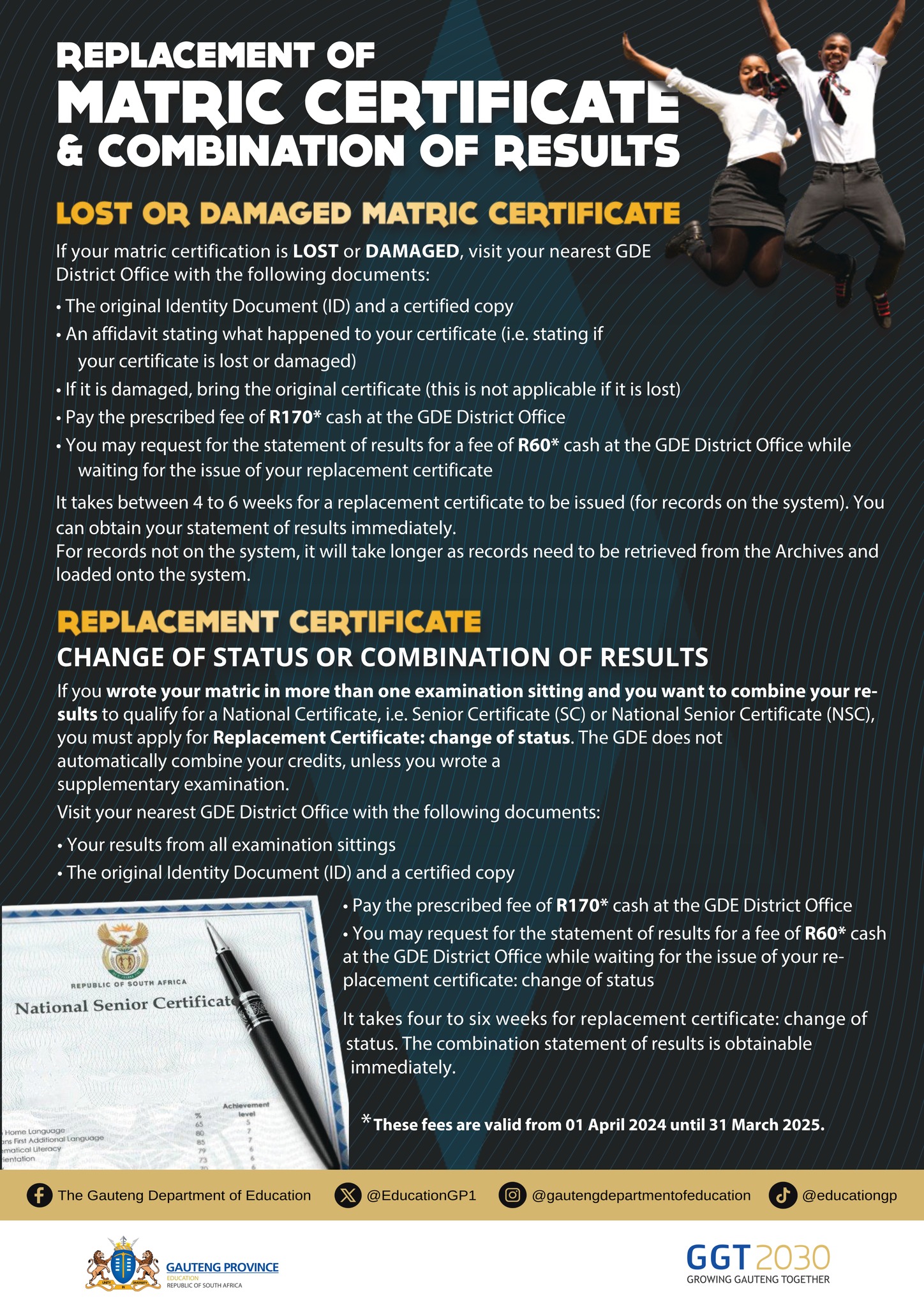The truce signed by Congo and Rwanda leaves out some important details
June 28, 2025 | Kinshasa
It was an unlikely picture of harmony. On June 27th the foreign ministers of Rwanda and the Democratic Republic of Congo stood smiling in the Oval Office next to Donald Trump, America’s president, who hailed the importance of the peace agreement they had just signed. “We’re here today to celebrate a glorious triumph,” said Mr Trump. “The violence and destruction comes to an end, and the entire region begins a new chapter of hope and opportunity, harmony, prosperity and peace.”
That was, to put it mildly, an overstatement. True, the deal is a sign that the two neighbours, which have been engaged in a long-running conflict in eastern Congo, see benefits in signalling their willingness to make up. The prospect of substantial investment by America, which is keen to secure access to mineral wealth in the region, may have tipped the scales towards an agreement. Yet every other attempt to end the conflict conclusively has failed. It is far from clear whether the latest one will turn out to be worth the paper it is written on.
The fighting has its origins in the aftermath of the genocide in Rwanda in 1994. Back then, some of those implicated in the genocide fled to Congo (then called Zaire) to escape troops led by Paul Kagame, now Rwanda’s president. In 1996 Rwandan troops and allied militias invaded Congo and overthrew Mobutu Sese Seko, its dictator at the time, claiming he was harbouring génocidaires. That conflict sparked two brutal regional wars that killed millions of people in the late 1990s and early 2000s. The fighting has never stopped completely.
During the most recent escalation, in January, the Rwanda-backed M23 militia captured large swathes of territory, including Goma and Bukavu, the two biggest cities in eastern Congo (see map). The Congolese army—along with troops from South Africa and other allied countries, as well as European mercenaries and a UN peacekeeping force—found themselves outgunned. The relentless advance of M23 raised the spectre of another regional war.
But a mix of diplomatic and economic pressure by America and Qatar, an important partner for Rwanda, appears to have succeeded in halting the advance and forcing the two countries to the negotiating table. America hopes that the new agreement will pave the way for American investment in Congo’s vast mineral resources. It is negotiating a separate minerals deal with Congo’s government that it hopes will give American investors access to mines in eastern Congo.
Thin on detail, the peace deal is similar to an earlier agreement mediated by Angola that fell through in December when Mr Kagame failed to turn up for the signing. It calls for Rwandan troops to leave Congolese territory within 90 days. Both sides are meant to stop supporting non-state groups. For Rwanda, that mainly means M23. Congo, for its part, is supposed to neutralise the FDLR, a militia that originally included army officers involved in the 1994 genocide and which Rwanda still sees as a threat. The two sides have also agreed to launch a number of joint economic projects, possibly including a hydro-electric plant on the Ruzizi river on the border.
Will any of this come to pass? The agreement can work, reckons Joshua Walker of the Congo Research Group at New York University, “but only if the parties engage in good faith, which is far from a given.”
The Congolese government says the deal at last addresses the Rwandan occupation of eastern Congo. “An agreement is not a solution to all problems at once,” says Thérèse Kayikwamba Wagner, Congo’s foreign minister, but “it will gradually contribute to defusing tensions.”
Rwanda, though, has invested blood and treasure in its war effort and may be happy for M23 to continue occupying eastern Congo, with the help of its own troops. In other words, it is unlikely to make good on its part of the deal without either significant recompense or the threat of heavy sanctions. Mr Trump has promised “very severe penalties, financial and otherwise”, if either party breaks its side of the bargain. But it is unclear whether that will be enough to sway Mr Kagame.
Just as worrying, the deal is vague on the future of M23, which has never officially acknowledged that it is backed by Rwanda, and on the fate of the parts of eastern Congo that the militia occupies. The group has said in the past that the talks between Congo and Rwanda are not its concern. A separate set of negotiations between M23 and Congo, also brokered by Qatar, is proving much thornier than the talks between Congo and Rwanda. On June 28th the group’s spokesman said in a video message that the rebels were “going nowhere”.
In Goma, where human-rights groups have accused M23 of atrocities, including torture and gang rape, residents are hopeful but wary. “We don’t want this agreement to be a masquerade like the others, with no real or visible impact on the ground,” says a 28-year old student. “What we want is peace, for M23 to leave.” But this latest agreement may end up making the group’s presence permanent instead.










